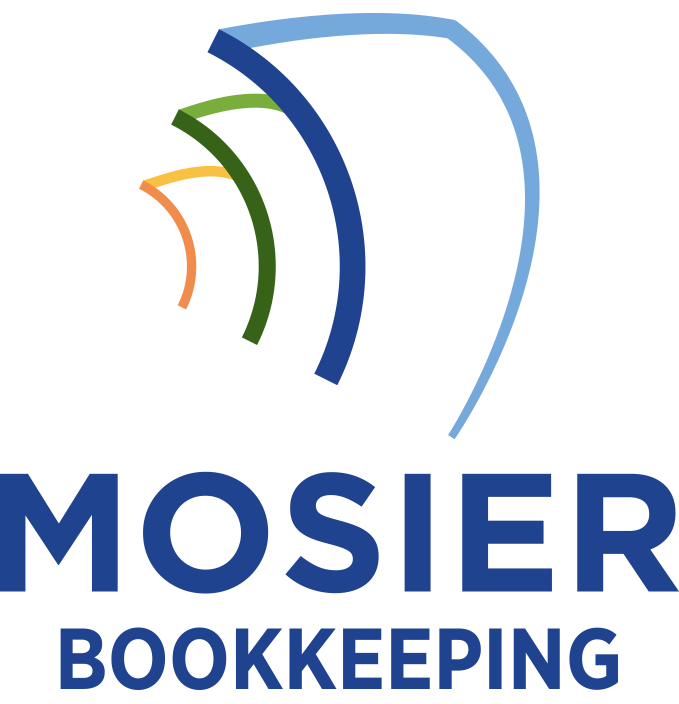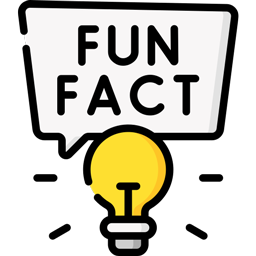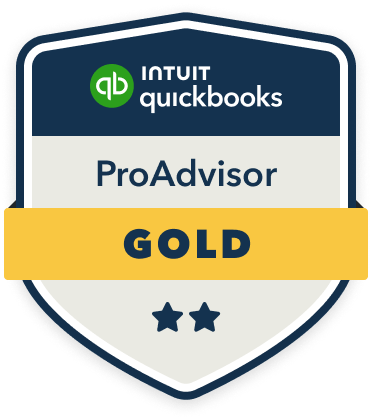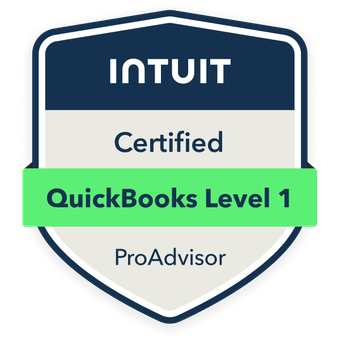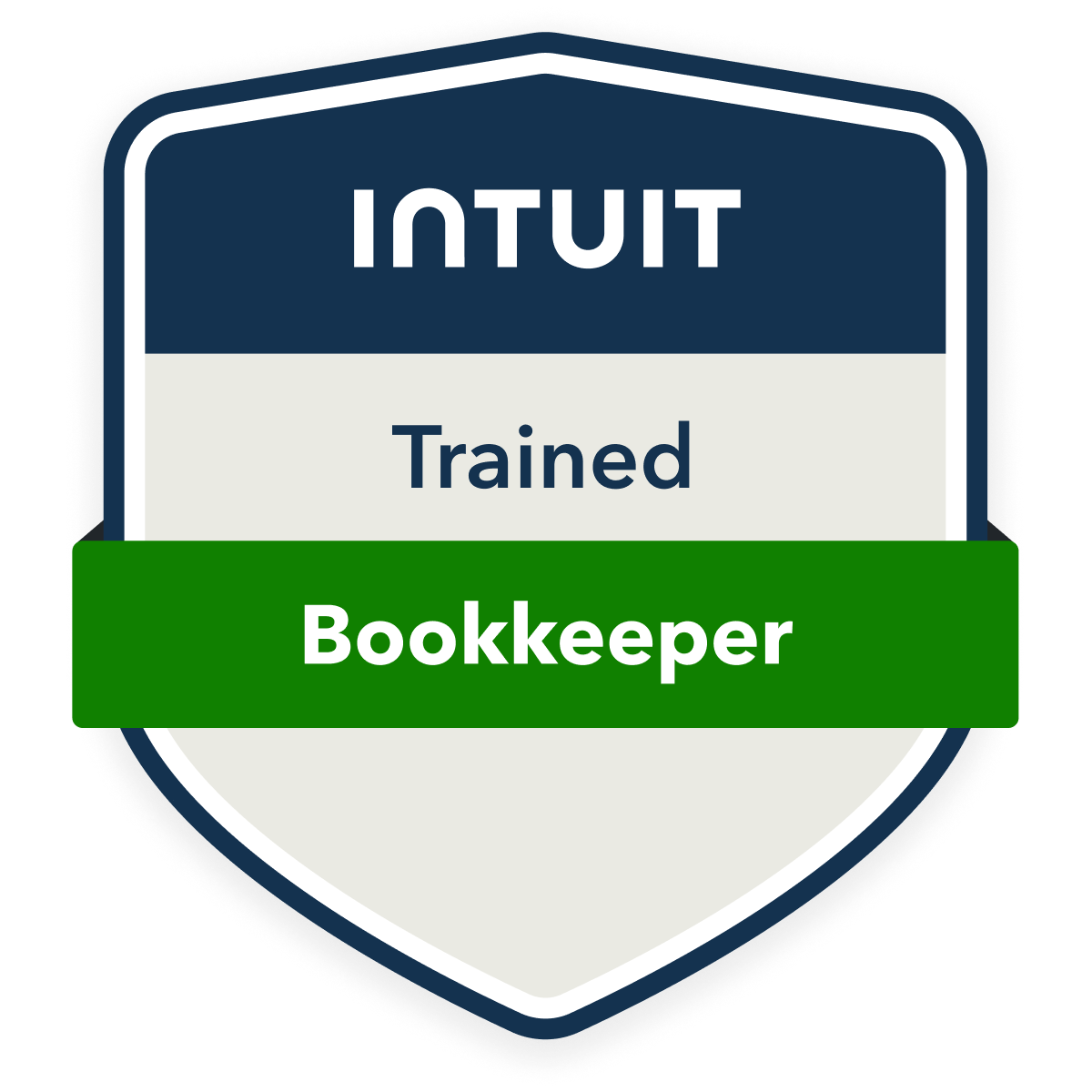To manage asset-focused bookkeeping effectively, I’ll help you establish a detailed chart of accounts that separates fixed, current, and intangible assets with distinct subcategories. You’ll need to track acquisitions through detailed documentation, calculate depreciation accurately, record maintenance costs separately, and implement proper disposal procedures. By following standardized account codes and maintaining digital records, you’ll create audit-ready financial statements. Let’s explore each component of this systematic approach.
Setting Up Your Asset Management Chart of Accounts

A well-structured chart of accounts forms the foundation of effective asset management bookkeeping. I recommend creating distinct asset categories that align with your business’s strategic objectives. You’ll need separate accounts for fixed assets, current assets, and intangible assets, each with clear subcategories for tracking depreciation, maintenance costs, and valuations.
I’ll emphasize the importance of implementing standardized account codes that facilitate precise tracking and reporting. You must establish specific accounts for asset acquisitions, disposals, and improvements. This systematic approach empowers you to maintain granular control over your asset portfolio while ensuring compliance with regulatory requirements and accounting standards.
Tracking Asset Acquisition and Initial Costs
I’ll guide you through the essential components of tracking your business assets, starting with proper documentation of purchase prices through receipts, invoices, and contracts. When you finance equipment, you’ll need to record both the asset’s full value and the corresponding liability while capturing any down payments or initial financing costs. Beyond the base purchase price, I want you to understand how installation costs like labor, permits, and site preparation must be capitalized as part of the asset’s total acquisition cost.
Purchase Price Documentation Methods
When implementing asset management bookkeeping, precise documentation of purchase prices and associated acquisition costs serves as the foundation for accurate financial records. I’ll show you the most effective methods to document and validate purchase prices.
| Documentation Method | Strategic Advantage |
|---|---|
| Digital Receipts | Instant Access & Backup |
| Purchase Orders | Pre-approval Control |
| Payment Records | Transaction Verification |
| Vendor Contracts | Terms & Price Protection |
| Asset Tags | Physical Tracking Link |
I recommend implementing a digital documentation system that integrates these methods. This approach guarantees you’ll maintain complete control over your asset records while establishing an audit-ready trail of all acquisition costs.
Equipment Financing Entry Rules
Proper tracking of equipment financing entries demands meticulous attention to both the initial acquisition costs and the financing structure chosen. I’ll show you how to document every financing arrangement, whether it’s a capital lease, loan, or cash purchase.
When I record equipment financing, I create separate ledger entries for the asset’s base price, associated fees, and financing costs. I guarantee each entry reflects the correct asset classification code and links to your master equipment roster. Your long-term debt schedule must align with these entries, and I maintain distinct subaccounts for each major equipment category to enhance reporting clarity.
Recording Installation Cost Elements
Three essential cost elements must be tracked when recording equipment installation: direct labor, materials, and overhead allocations. I create separate ledger accounts for each element to maintain precise cost control and guarantee accurate capitalization.
For direct labor, I record both internal staff time and external contractor costs. I track materials through detailed purchase orders and receiving documents, including both primary installation components and ancillary supplies. With overhead, I apply a predetermined allocation rate to capture indirect costs like supervision and facility usage.
I capitalize these elements into the asset’s total installed cost basis for depreciation calculations and financial reporting compliance.
Managing Depreciation and Value Adjustments

I’ll guide you through two critical depreciation approaches: straight-line depreciation, which spreads costs evenly across an asset’s lifespan, and declining balance methods that accelerate early-year write-downs. You’ll need to calculate residual values accurately, as these final estimated worth figures directly impact your annual depreciation entries and future asset disposal planning. Recording your annual write-downs requires precise journal entries that reflect both accumulated depreciation and the corresponding expense accounts, ensuring your books maintain compliance with accounting standards.
Straight-Line Vs Declining Methods
Businesses must choose between two primary depreciation methods when accounting for asset value reduction over time: straight-line and declining balance.
I recommend straight-line depreciation when you want predictable, equal deductions across your asset’s useful life. It’s simple: divide the asset’s cost minus salvage value by the number of years. For accelerated write-offs, I suggest declining balance depreciation, which front-loads larger deductions in earlier years.
Your choice impacts financial statements and tax positions. Straight-line projects stability to stakeholders, while declining balance can maximize early tax advantages. I’ve found that manufacturing firms often prefer declining balance for equipment, while real estate companies favor straight-line for buildings.
Residual Value Calculations
While depreciation methods determine how assets lose value over time, accurate residual value calculations form the foundation of effective asset management. I’ll calculate your asset’s residual value by analyzing market trends, historical data, and industry-specific factors to predict its worth at the end of its useful life.
I recommend incorporating three key variables: projected market conditions, technological obsolescence rates, and maintenance costs. I’ll create a formula that weighs these factors against your asset’s initial cost, helping you make informed decisions about replacement timing and maintenance investments. This approach guarantees you’ll maximize ROI while maintaining precise financial records for tax and reporting purposes.
Recording Annual Write-downs
Once an asset’s depreciation schedule is established, recording annual write-downs becomes a critical accounting function that maintains accurate book values. I recommend creating a standardized process to record these write-downs through journal entries that debit depreciation expense and credit accumulated depreciation.
I’ll adjust the asset’s value annually using my company’s chosen depreciation method—straight-line, declining balance, or sum-of-years-digits. I guarantee each write-down aligns with our asset management program’s guidelines and tax regulations. When I process these entries, I maintain detailed documentation to support the calculations and timing of each recorded depreciation expense.
Recording Maintenance and Operating Expenses
Proper recording of maintenance and operating expenses forms a critical foundation for asset management accounting. I’ll show you how to track these costs effectively to maximize tax benefits and maintain accurate financial records.
Create separate ledger accounts for routine maintenance, repairs, and operating costs. I recommend categorizing expenses as either capitalized improvements or immediate write-offs. Track labor costs, parts, supplies, and contractor fees distinctly. When I process these entries, I guarantee each expense links to specific assets in your management program.
Remember to document service dates, invoice numbers, and asset IDs. This level of detail strengthens your audit trail and supports strategic decision-making.
Implementing Asset Disposal and Replacement Procedures
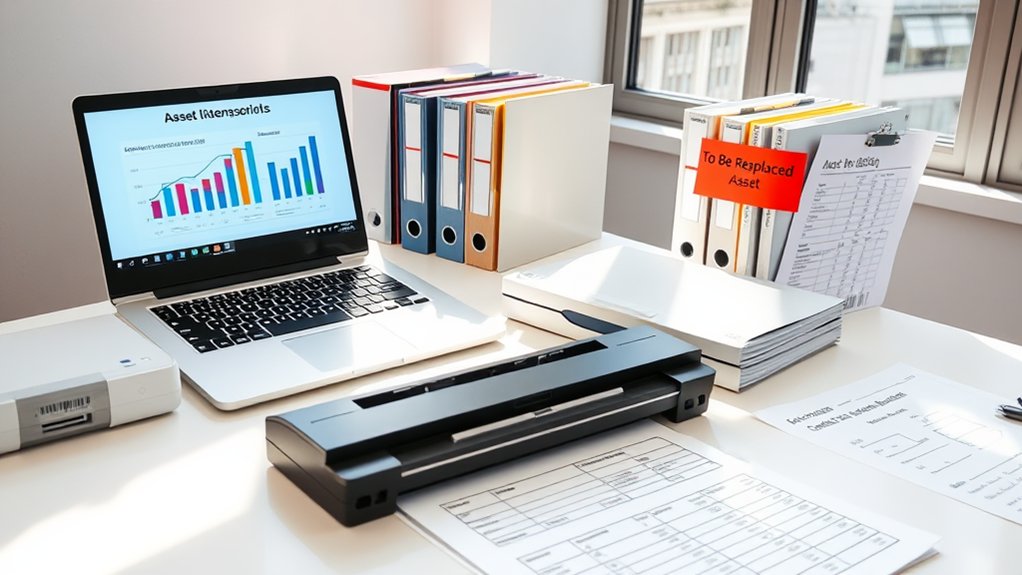
Building on our maintenance tracking practices, let’s examine the systematic process of asset disposal and replacement. I’ll show you how to record the retirement of depreciated assets and implement strategic replacements that maximize your ROI.
When disposing of assets, I recommend creating disposal accounts to track gains or losses. You’ll need to remove the asset’s original cost from your books, reverse accumulated depreciation, and calculate the difference between sale proceeds and book value.
For replacements, I’ll help you establish capitalization thresholds and depreciation schedules that align with your tax strategy and growth objectives.
Reporting and Compliance Requirements for Asset Management
Accurate reporting of asset management activities forms the foundation of regulatory compliance and stakeholder transparency. I’ll help you navigate the essential reporting requirements your business must meet.
You’ll need to maintain detailed asset registers, documenting acquisition costs, depreciation schedules, and current valuations. I recommend implementing standardized reporting templates that align with GAAP standards and your industry’s specific regulations.
You must file timely reports with regulatory bodies, including SEC filings if applicable, and prepare extensive internal reports for board members and investors. I’ve found that automated tracking systems greatly reduce compliance risks while ensuring you meet all reporting deadlines.
